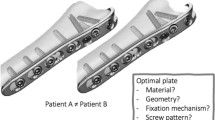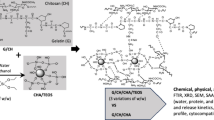Abstract.
Osteoinduction is the process by which osteogenesis is induced. It is a phenomenon regularly seen in any type of bone healing process. Osteoinduction implies the recruitment of immature cells and the stimulation of these cells to develop into preosteoblasts. In a bone healing situation such as a fracture, the majority of bone healing is dependent on osteoinduction. Osteoconduction means that bone grows on a surface. This phenomenon is regularly seen in the case of bone implants. Implant materials of low biocompatibility such as copper, silver and bone cement shows little or no osteoconduction. Osseointegration is the stable anchorage of an implant achieved by direct bone-to-implant contact. In craniofacial implantology, this mode of anchorage is the only one for which high success rates have been reported. Osseointegration is possible in other parts of the body, but its importance for the anchorage of major arthroplasties is under debate. Ingrowth of bone in a porous-coated prosthesis may or may not represent osseointegration.
Similar content being viewed by others
Author information
Authors and Affiliations
Additional information
Electronic Publication
Rights and permissions
About this article
Cite this article
Albrektsson, .T., Johansson, .C. Osteoinduction, osteoconduction and osseointegration. Eur Spine J 10 (Suppl 2), S96–S101 (2001). https://doi.org/10.1007/s005860100282
Received:
Accepted:
Issue Date:
DOI: https://doi.org/10.1007/s005860100282




